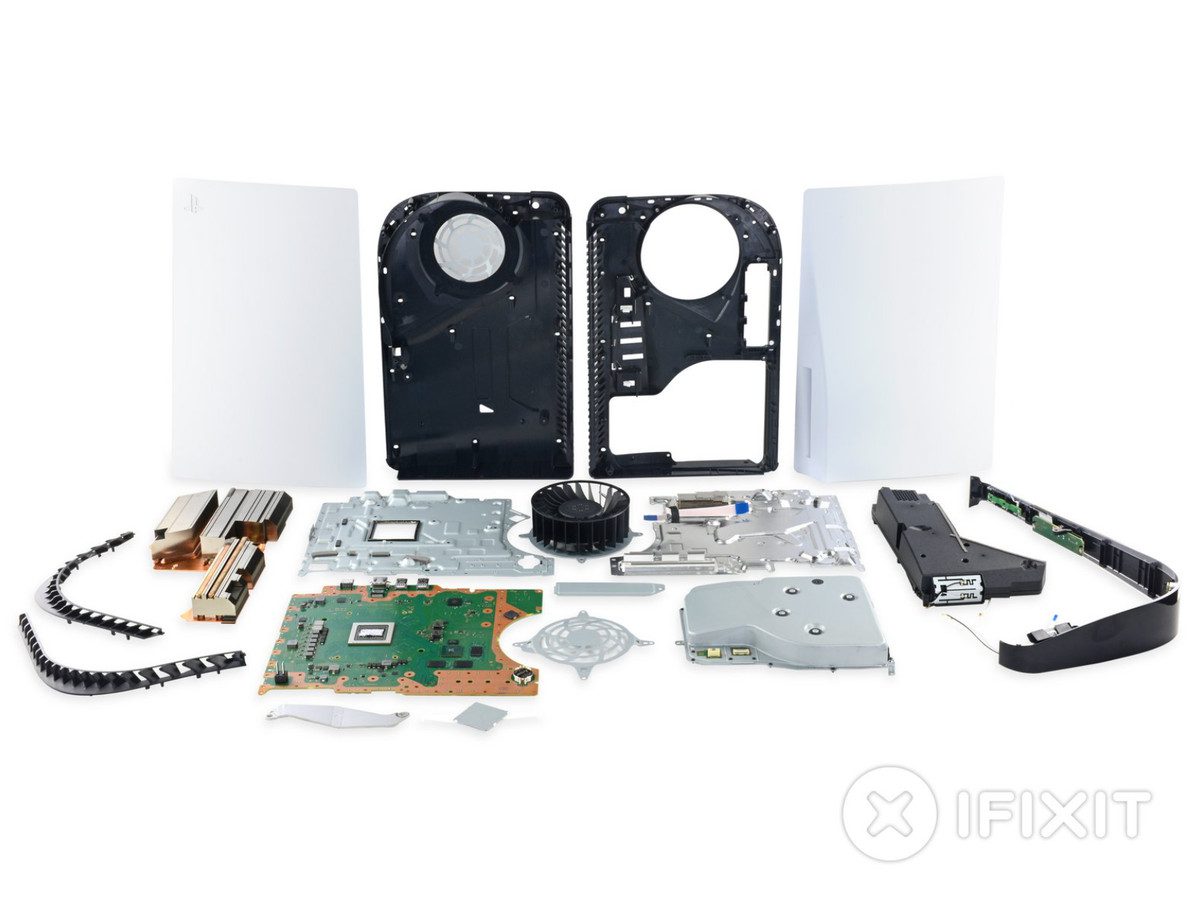Joe Hindy / Android Authority
In true Google fashion, Android 12L has had a few developer previews and beta builds before fully launching for Pixel phones. Everything below is based on what we’ve seen so far. Let’s get started.
Android 12L: Everything you need to know
Design elements
The new OS only has a few different design elements. We expected that, and there will certainly be more changes in future developer previews and betas. For now, there is only a little to talk about.
Revamped overview screen

Joe Hindy / Android Authority
It otherwise functions like the normal overview screen. You can screenshot, select the text, engage in split-screen mode, etc. All of the tricks still work.

Side-by-side quick settings and notification panel
Android 12L also employs a new look for the notification panel and quick settings menu. On regular phones, the two elements split horizontally; the quick settings take the upper half and the notifications take the lower half. In Android 12L, the split is vertical with them taking the left and right sides of the screen, respectively. The good news is the look and feel are the same as regular Android 12 so there are no weird surprises.
Also see: Every Android Easter egg and how to find it
In terms of usability, it’s fairly simple. Swiping down from the top opens both panels at once and swiping up dismisses them simultaneously. However, while open, each panel is independently controlled. Thus, you can swipe away a notification or expand the quick settings without bothering the other side. Rotating our emulator to portrait mode reverts it back to the standard horizontal split as you see on non-foldable phones.
Other potential changes

New features in Android 12L

Joe Hindy / Android Authority
The taskbar is now present on most screens for easy multi-tasking.
Android 12L taskbar
It doesn’t seem like much, but the addition of a native taskbar to Android is a pretty big deal. We’ve seen something similar implemented on the Galaxy Z Fold 3 to great effect. Basically, Android 12L gives you a taskbar similar to a desktop OS like Windows or macOS. It’s there almost all the time and you can put shortcuts there.
Do you think Android 12L will succeed?
1404 votes
The taskbar is fairly innocuous to start. It sits along the bottom of the screen, where the launcher dock is usually, except it stays when you open apps, the quick settings, or notifications. It does persist in portrait mode as well. The emulator seems to limit the number of apps you can have on the taskbar to five. Hopefully, Google expands that over time.
Drag-and-drop split-screen

Example of how Android 12L handles dragging and dropping apps into split-screen mode
Related: Android 12 redesign is the biggest revamp in years.
The limitations of the taskbar keep this from being a truly remarkable feature. As stated in the previous section, we hope Google lets us add more than five apps so we can truly use these new features to their fullest potential.
Adaptive UI

Joe Hindy / Android Authority
Other potential changes
For the time being, the above features are the only new ones we know about. The list seems short, but this is just a branch off of Android 12 and not really its own unique thing. We don’t expect a ton of other new features and for most of the development to focus on under the hood and design changes with the UI.
Under-the-hood changes for Android 12L

Resizeable emulators
Google launched a new version of Android Studio, dubbed Android Studio Chipmunk. The new release includes an emulator that natively resizes the screen quickly so developers can adapt their work to Android 12L and larger displays in general. It’s not the most exciting thing from a consumer perspective, but it should help developers make better apps for a wider variety of screen sizes and types.
Improved compatibility mode

Joe Hindy / Android Authority
Google Play Store changes

Joe Hindy / Android Authority
Related: Google Play Store – a definitive guide for beginners
Other changes
There are some other, smaller changes as well. Google is now letting OEMs override screen orientation to ignore an app’s specific orientation and force it into portrait or landscape mode. App developers are also being asked to test for and improve camera previews, media projection, various screen sizes, multi-window mode support, taskbar interaction support, and split-screen mode support. Android 12L includes improvements and APIs to help with that as well.
More to look forward to in Android 12L

Joe Hindy / Android Authority
Read more: With Android 12L, Google must lead by example
Google has released Android 12L for Pixel phones. Starting later this year, Android 12L will also be coming to tablets and foldables from Samsung, Lenovo, and Microsoft. We’ll update this article as new Android 12L stuff comes out. Let’s see how this all turns out.
Android 12L FAQs
Q: When is Android 12L going to launch?
A: Google has rolled out Android 12L to select Pixel phones.
Q: Is my device getting Android 12L?












